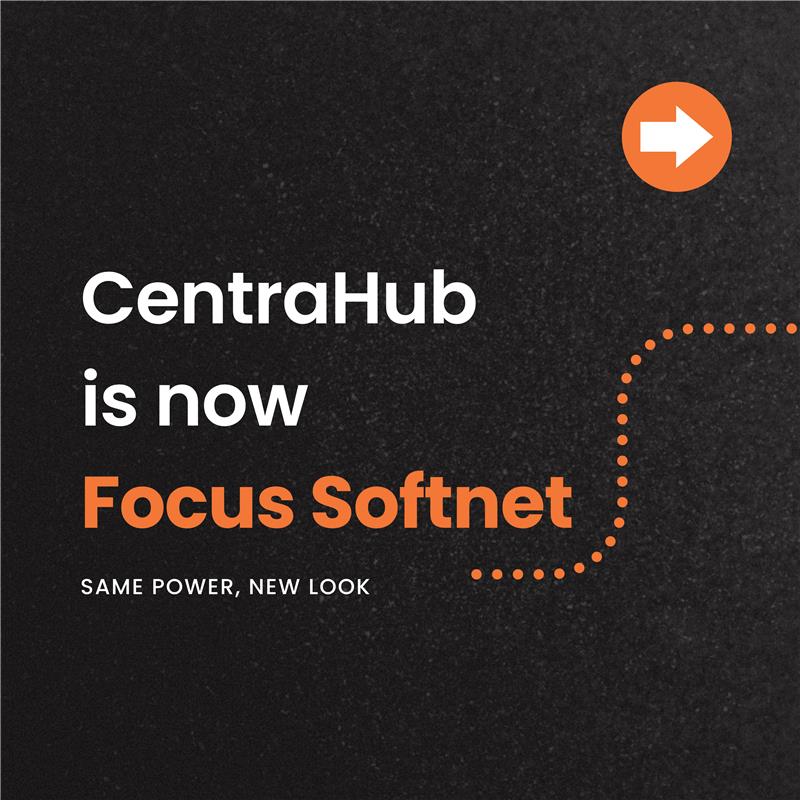

HR automation is a transformative solution in modern workplaces, alleviating administrative burdens and driving cost efficiency. This blog explores how leveraging automation in HR processes streamlines operations and optimizes them to enhance onboarding experiences, refine performance management, and ultimately reduce operational costs.
HR automation mitigates the time-consuming nature of administrative tasks. By automating day-to-day activities such as data entry, document handling, and onboarding procedures, HR professionals can reallocate their time to strategic initiatives. This reduces manual labor, enhances productivity, and allows for a more efficient utilization of resources within the organization, ultimately reducing administrative burdens.
Automated onboarding workflows streamline new hire processes, ensuring a seamless experience for employees while minimizing manual input from HR teams. This expedites paperwork, training schedules, and orientation, reducing manual intervention. This approach minimizes errors and optimizes efficiency, allowing HR teams to focus on personalized interactions and strategic integration aspects, enhancing the overall onboarding experience for employees.
Automation tools aid in performance tracking, feedback mechanisms, and goal setting, allowing for a more efficient performance management system. This approach optimizes processes, empowers managers to provide constructive feedback, and cultivates a culture of ongoing development, ultimately enhancing employee performance and organizational success.
Automated processes improve time management. It optimizes operational efficiency by expediting tasks and enhancing productivity to enable HR teams to focus on strategic initiatives and accomplish more in less time. By automating admin tasks like data entry, scheduling, and document processing, valuable time is saved. This efficiency translates into enhanced productivity, reduced manual errors, and a streamlined operational framework. Ultimately, streamlined processes lead to cost savings and better resource utilization within the organization.
HR process automation significantly reduces administrative costs by automating repetitive tasks, minimizing manual intervention, and optimizing operational efficiency. By streamlining workflows, automating data entry, and eliminating paperwork, businesses save on labor costs, printing, and storage expenses. Reducing administrative overhead improves cost efficiency and allows HR teams to allocate resources strategically, focusing efforts on value-added initiatives rather than routine administrative tasks.
Resource optimization involves intelligently directing human effort toward strategic tasks. Automated systems intelligently distribute tasks, allowing HR professionals to focus on value-added activities like talent development and engagement initiatives. This optimization minimizes inefficiencies, directing human efforts where they're most impactful. Consequently, it maximizes productivity, streamlines operations, and enhances the overall effectiveness of resource utilization within the organization, fostering a more agile and efficient workforce management structure.
HR process automation ensures enhanced accuracy by minimizing manual data entry errors and discrepancies. Automated systems maintain meticulous records, reducing the likelihood of compliance issues and associated costs. By consistently adhering to established regulations and internal policies, automation fosters a compliant work environment. This accuracy and compliance assurance mitigate potential risks, safeguarding the organization from penalties, legal challenges, and operational disruptions, ultimately optimizing cost efficiency and reliability.
Improving employee experience involves creating an environment where workers feel valued, engaged, and supported. Through initiatives like streamlined processes, effective communication, and providing growth opportunities, organizations enhance satisfaction. Automated systems that simplify tasks, offer personalized training, and enable transparent feedback channels play a crucial role. A positive work culture, supported by technology, fosters better work-life balance, increased morale, and a stronger sense of belonging, ultimately enhancing the overall employee experience.
HR automation helps businesses achieve heightened efficiency, accuracy, and cost savings. Embracing it is not just a modernization step; it is a strategic move that any organization takes to enhance the overall productivity of their businesses.